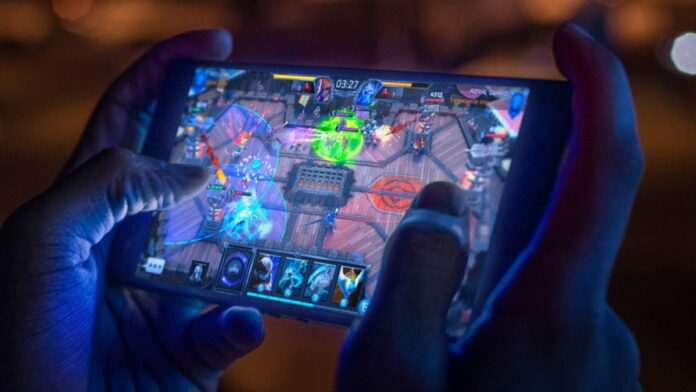
Video gamers have never had it as good as they do today. The quality of games is higher than it has ever been, graphics are closer to true realism than has ever been possible, and the variety of titles is broader than it has been for many years.
While gamers have had consoles and computers to play their favorite titles on for decades, the mobile gaming market has exploded over the last 10 years. Today, around one-third of India’s population play games on their smartphones.
To cater to this market, a bunch of companies has begun developing dedicated gaming smartphones, packing them with powerful chipsets, “gamer”-style casing, and unique features to appeal to those that want the ultimate gaming experience.
But, with these handsets costing significantly more than the flagship devices from companies like Apple and Samsung, do you really need a dedicated gaming phone?
Table of Contents
Your Choice of Games
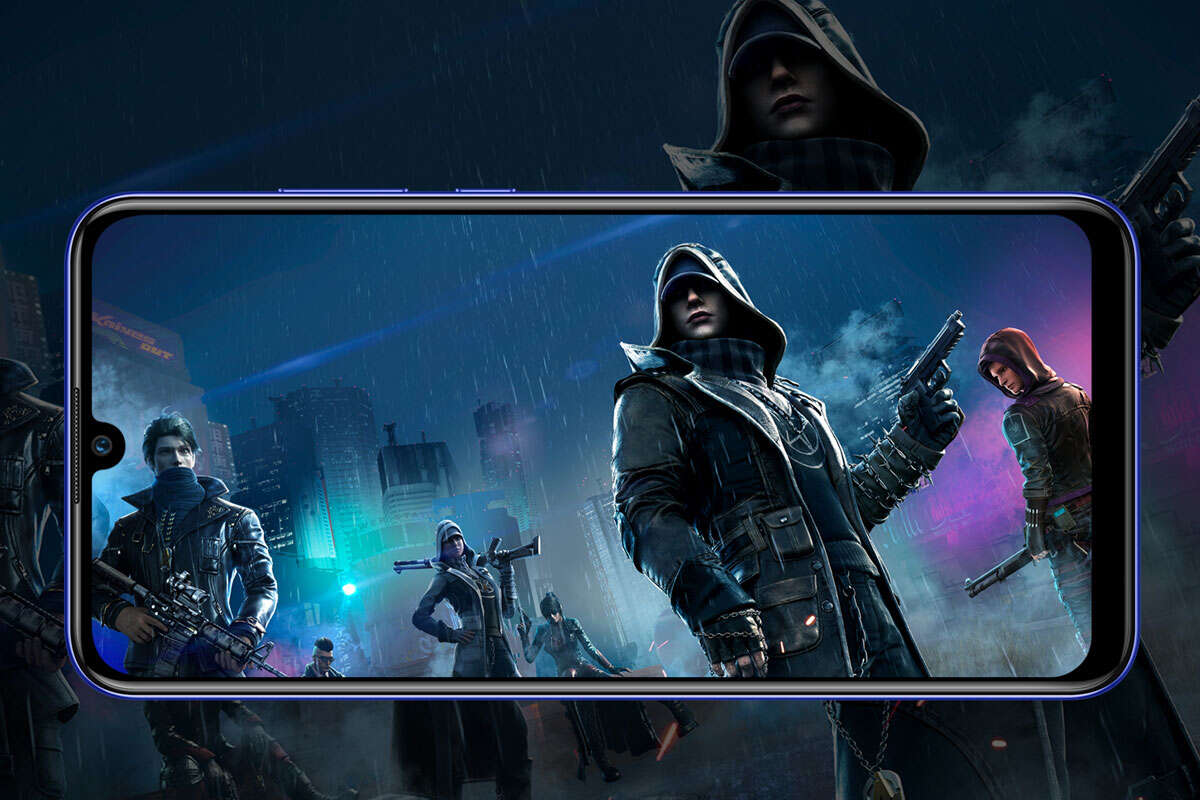
The type of games you play is a big factor in terms of determining whether a gaming phone is worth it. Gaming phones are packed with the fastest hardware on the market, allowing resource-hungry battle royale games like Fortnite and Call of Duty: Mobile to run smoothly and graphics-heavy titles like The Elder Scrolls: Blades to be turned up to their highest settings.
If you’re playing games that are not going to push the boundaries in terms of size, intensity or graphics, then a gaming phone is likely to be overkill.
All of the games mentioned above will still run on mainstream smartphones, including ones that are several years old. The three-year-old OnePlus 5T plays Call of Duty: Mobile with no problems, and according to the game’s listing in the Google Play Store, it can run on devices with Android 4.3, which was released in 2012, and above.
Games like the ones offered by PokerStars India, one of India’s most popular online and mobile poker sites, and 8 Ball Pool, the country’s most popular mobile billiards game, will also run just fine on most of the smartphones sold in the last decade.
Therefore, only a small handful of games will actually benefit from a dedicated gaming phone.
Ergonomics
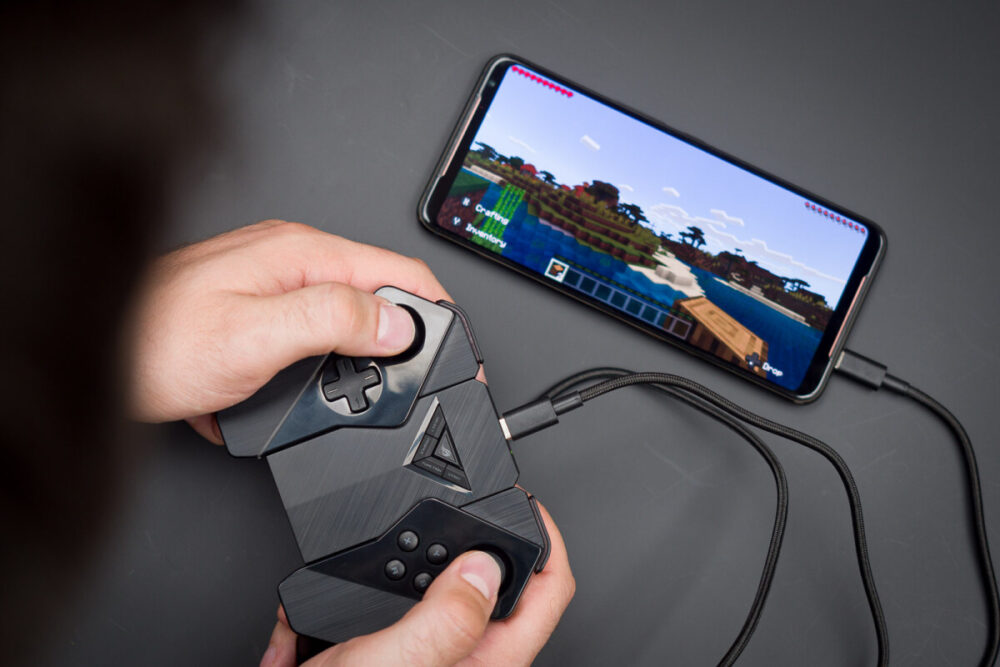
Since the iPhone was first released in 2007, almost every single smartphone has followed the same design philosophy: a large screen with a button(s) at the bottom, volume control keys on the side, and the socket for the power cable right at the bottom of the case. 13 years on, the layout of the iPhone remains mostly unchanged, even in models like the iPhone 8, X, and 12.
For most scenarios, this layout makes sense and it helps you to understand which way is up for the phone. However, anyone who’s tried to play a game on their smartphone while also charging it will know how uncomfortable this can be.
Dedicated gaming phones have been designed with this in mind, with some like the ROG Gaming Phone devices moving the charging socket to the side. This means that it’s out of your way when you’re holding the phone in landscape mode, which almost all games require you to do.
Many gaming phones also have the speakers on the same plane as the screen, meaning they face you while you play as opposed to being covered by your hand or facing away from you.
These design features and general ergonomic shaping can make it more comfortable to play for hours.
Shoulder Buttons
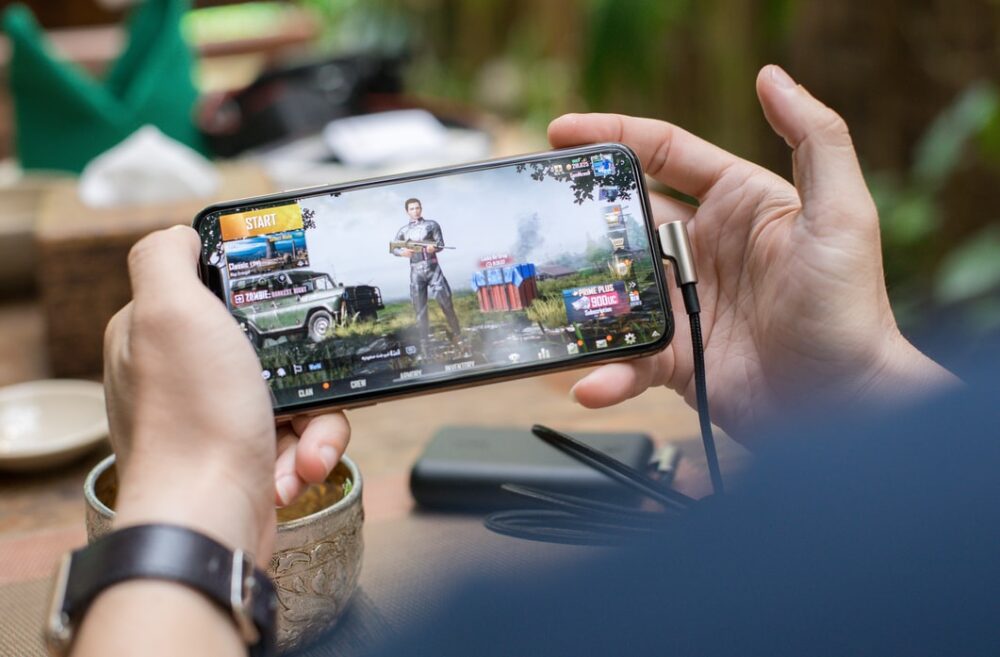
If you also play games on a console, you’ll know how convenient the shoulder buttons and triggers are on modern controllers. They allow you to use almost all of your fingers to press buttons simultaneously and give you quick access to certain actions.
In games like Halo or Call of Duty, they allow you to quickly pull a knife or throw a grenade, while in games like Grand Theft Auto or Forza you can quickly access the handbrake or change gear.
On mainstream smartphones, you control the games you play exclusively through the touch screen. This limits the number of actions you can perform at once and slows down your ability to press buttons quickly.
Some dedicated gaming phones include shoulder buttons that can be programmed to perform certain actions when playing in landscape mode.
Unfortunately though, while the shoulder buttons seem like a great idea in theory, in practice, they’re not as effective. The main issue is that they require the game to support them, and only a handful currently do.
It may be that support for shoulder buttons improves over time, in which case their inclusion in a gaming phone will become a more attractive prospect.
Cooling
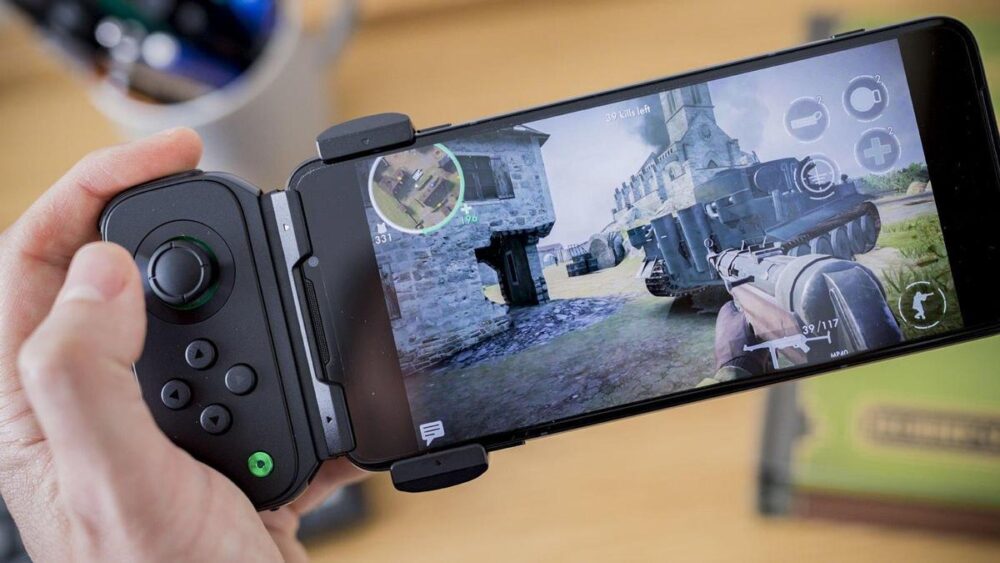
If you’ve spent a long time playing a game on your smartphone, you’ll know that they can start to feel warm.
Like any other computing device, a smartphone contains a CPU, memory, and a GPU, all of which are being put under strain while you play games. This added strain causes them to heat up.
The heat isn’t usually a significant problem, though in extreme cases it can lead to temporary performance loss as the components fall out of their optimal thermal operating windows.
Heat can also be worsened by charging the phone at the same time as the battery will also be put under strain.
This is why some dedicated gaming phones come with vents or detachable cooling devices that draw the heat away from its core components. The ASUS ROG Phone range is one of these handsets. Its clip-on fan was praised by many reviewers and the company claims it can reduce the device’s surface temperature by 4.7 degrees celsius and improve the efficiency of CPU cooling by 60%.
In Conclusion
The answer for almost all people is no, you don’t need to buy a gaming phone. Their additional cost brings just a few tangible benefits. These devices are mainly aimed at the most dedicated mobile gamers who intend to spend hours at a time playing their favorite titles.
For anyone else, a standard consumer smartphone, whether that’s a flagship device like the iPhone 12, a mid-range device like the OnePlus Nord, or an older device that you already own will be enough to play your favorite titles.







